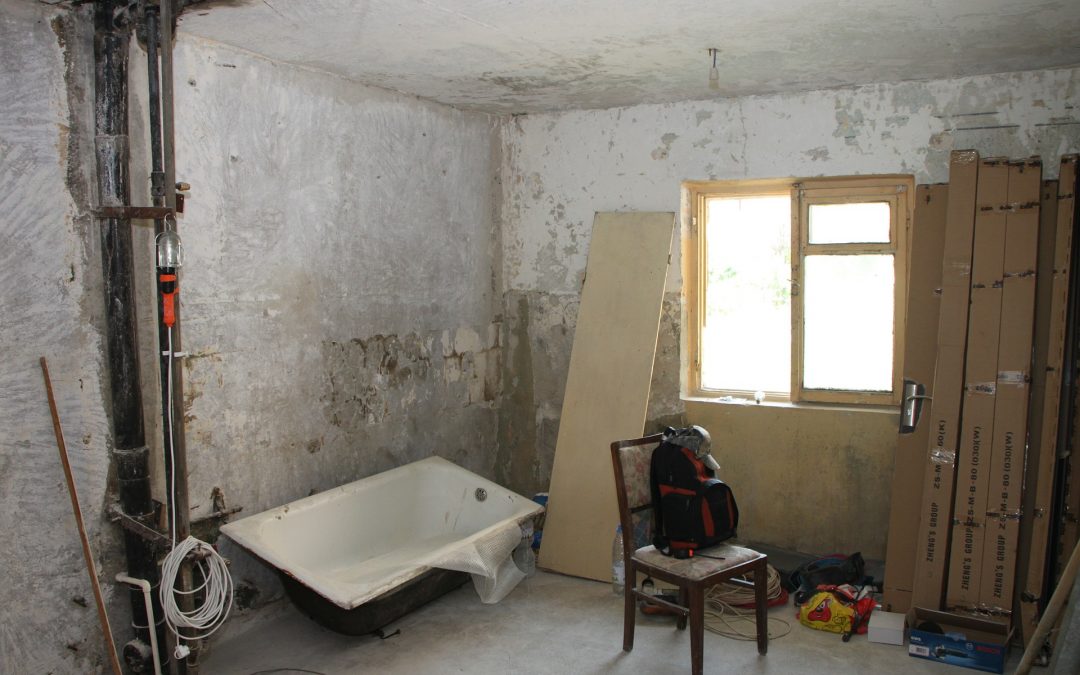Whether you have recently purchased your home or are a long-term homeowner looking to undertake renovations, asbestos can certainly pose a challenge, and could potentially add considerable costs to your home renovation project. Particularly relevant with DIY renovation projects, the presence or likelihood of asbestos is certainly one critical element which should not be overlooked.
Doing your homework in terms of the property history and identifying any areas where asbestos may exist in the home prior to getting started, can save you time and money, reducing the likelihood of delays and ensuring you have adequate plans in place to protect the safety of your family and your neighbours.
With asbestos present in a large number of homes in Australia, including homes on the Central Coast, learning how to spot asbestos, and what to do when you suspect or spot asbestos, is certainly a process that should be high on your priority list!
What is Asbestos?
In order to be able to spot asbestos in the home, it is important to understand what asbestos actually is.
Asbestos, a group of fibrous minerals, that was used widely in building and construction products in the 1970’s and 1980’s. It is estimated that there were in excess of 3000 building products, ranging from cement sheeting, insulation, and flooring, used in millions of Australian households up until 1990. Once the health risks associated with asbestos fibres were identified, a ban on the use of the fibrous mineral has been in place in Australia since 2003.
Without scientific testing it is impossible to determine for sure the presence of asbestos in the home, given that the small fibres are so microscopic (50-200 times finer than human hair) that they cannot always easily be seen by the human eye. However, despite this, it is still important for homeowners to be aware of the tell-tale signs, which may indicate the presence of asbestos.
With so many building products containing asbestos used in homes Australia wide, it is inevitable that there are many older homes throughout Australia that still contain asbestos products today. Some pose no risks to residents at all, as long as the products remain stable, whereas disturbing the products such as through renovations or deterioration over the years, may pose significant health risks.
Breathing in asbestos fibres for example, is one of the greatest health risks, and can cause a condition called asbestosis, in addition to lung cancers and mesothelioma, which is why people tend to panic when they discover asbestos located within their homes, as they fear getting ill from potential exposure.
Asbestos is a product that should be approached with ultimate care, and if you suspect or find asbestos in your property it is critical that you are aware of what you need to do.
What does Asbestos Look and Smell Like?
Asbestos does not have any particular smell, and can come in a range of forms, which include different textures and colours such as blue, brown, green and white. However, asbestos could essentially be any colour, with the variations in colour and texture occurring frequently when the product is mixed with other materials or painted over.
Homeowners should certainly never attempt to smell of taste asbestos, as this can be considerably harmful.
Areas where Asbestos is most commonly found
The easiest way to “spot” asbestos is to be aware of the locations where asbestos is most commonly found throughout the home and by paying attention to the age of your home. The areas where you will most likely find asbestos in older properties include;
- Kitchens
- Bathrooms
- Ceilings
- Roofing
- Walls
- Outside structures such as old sheds and outbuildings
Houses that were built prior to 1990 are most likely to contain asbestos, so it is essential that homeowners are aware of the age of their home and the history. For example, homes that were built in the 1970’s that have not undergone any renovations, could potentially have asbestos located in various areas. Whereas a house built in the 1970’s that has had a bathroom renovation already completed in 2000, may have already had any asbestos removed.
Get your hands on the Paperwork!
If possible, getting your hands on any relevant paperwork related to your property, will make spotting the presence of asbestos much easier. Should you have paperwork that includes lists and details of materials used throughout the home during any prior renovations, you can use the NSW Government’s Asbestos Checker, to research the building product or material to establish whether asbestos was used in the manufacturing and production processes. A great tool, that is fast and easy to use.
As mentioned earlier, should you suspect the presence of asbestos in your home it is vital that you approach it, as if it is in fact asbestos and seek the services of professionals to assist with the testing and removal.
With About The House offering a comprehensive range of asbestos testing and removal services, at affordable rates, engaging the services of a trusted and well-respected asbestos removal service, will ensure you can enjoy your home for many years to come, without the worry of breathing in deadly materials.
If you need asbestos removal, or simply want to get a sample tested prior to undertaking a renovation at your home, get in touch with us today.
